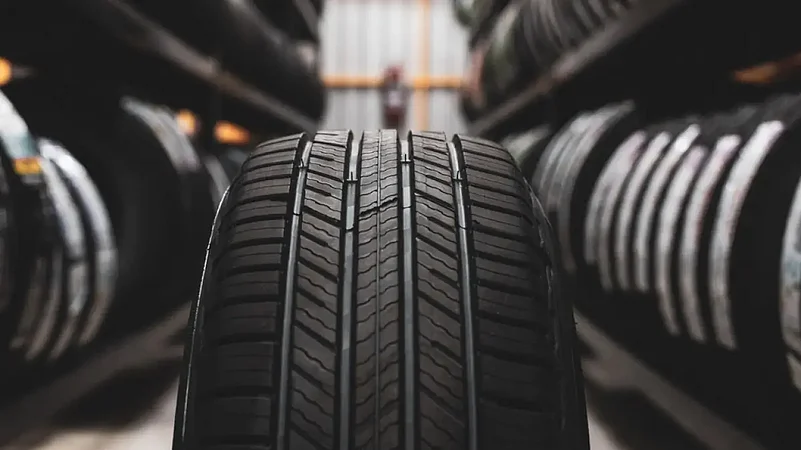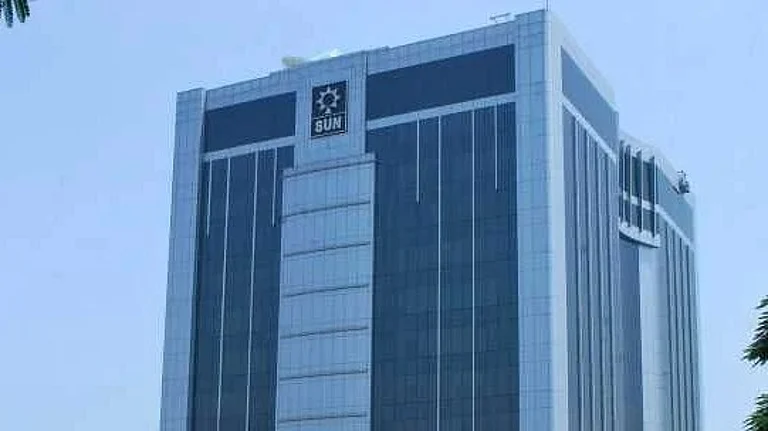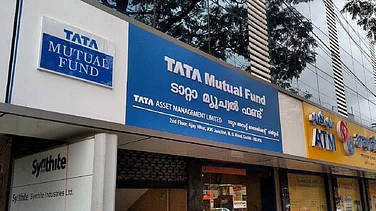Ceat Shares: The shares of the tyre company witnessed a sharp decline of over 6% on the bourses as Q3 results failed to cheer investors. CEAT reported a net profit of Rs 97 crore, marking a significant decline of over 46% from the corresponding quarter of the previous year.
While revenue from operations rose by 11.4% to Rs 3,299.9 crore in the same quarter, Ebitda took a hit and declined by nearly 18.3% year-on-year to Rs 340 crore.
At 10:35 am, the shares of the company were trading at Rs 2,899.15 price level, down by nearly 5.15% on the National Stock Exchange. The stock has been down by over 15% from its 52-week-high of Rs 3,578.80. Higher raw material costs took a toll on margins, bringing Ebitda margins down to 10.3% from 14.1% a year ago.
While raw material costs stayed relatively high, the company said that the impact of higher costs was passed on through price adjustments in select categories during the quarter.
“We witnessed a strong year-on-year double digit growth, driven by the replacement segment. While the rising raw material costs have impacted our margins, we progressively passed on part of the increase through price increase in select categories during the quarter," Arnab Banerjee, MD and CEO of CEAT said.
Road ahead for CEAT
While the higher input costs did take a toll on the overall margin figure, the company is expecting this rise in price levels to remain flat in the quarter ahead.
"The demand continues to remain stable, and our order book pipeline is robust across all segments. Raw material prices look flattish in Q4 and we expect growth momentum to continue," Banerjee said.
The company’s CFO, Kumar Subbiah, also said price adjustments helped ease some of the pressure. However, investors should keep an eye on CEAT’s capex plans.
CEAT announced its plans for a Rs 400 crore capital expenditure to boost production capacity at its plant in Butibori, Nagpur, Maharashtra. The facility currently produces around 270 lakh tyres annually and operates at 90% capacity utilisation. This will increase the overall capacity by 30%, with the additional output expected to be operational by the end of FY2027-28. The investment will be funded through a combination of internal accruals and debt.































